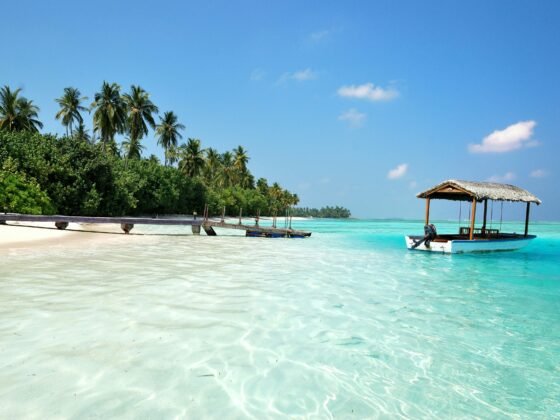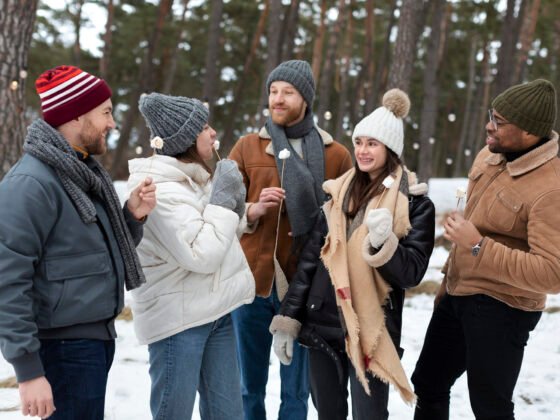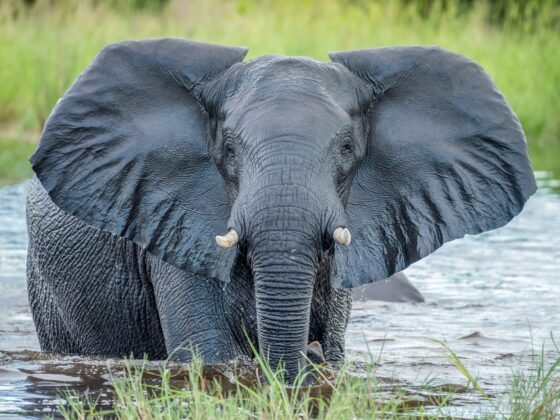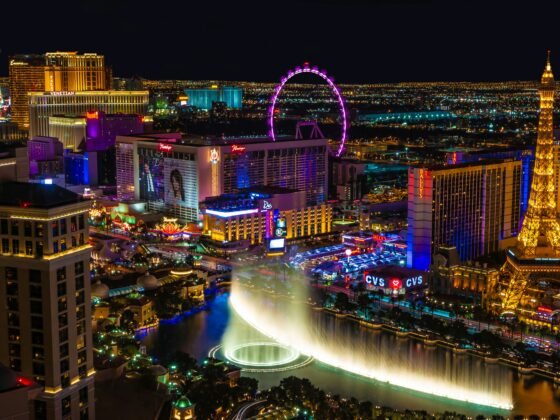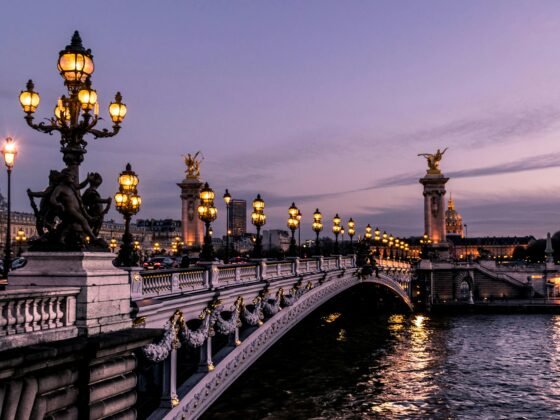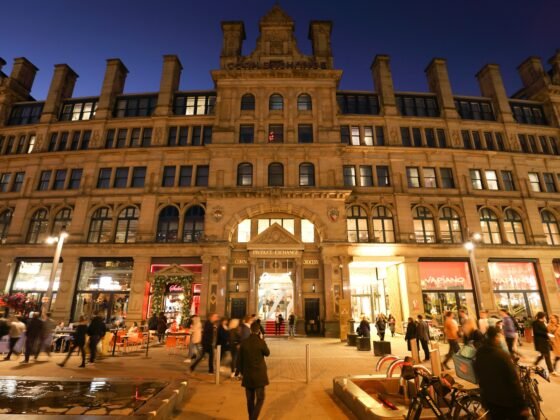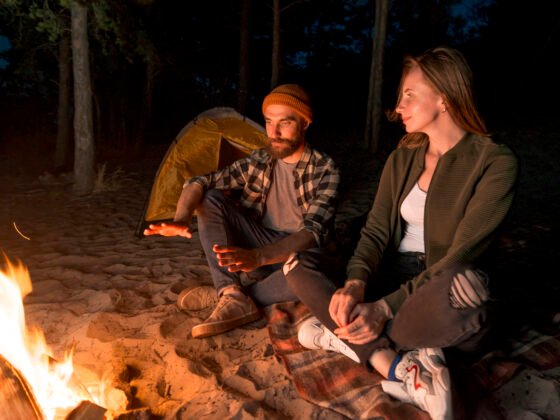St Kitts and Nevis Holidays - Tours & Adventures Travel Guide
PureTravel Says
“Near perfect, the tranquil sister islands of St Kitts and Nevis together offer visitors some of the most authentic and luxuriant island getaways in the Caribbean. The crowd free beaches and the lush unspoiled rainforest here are just some of the treasures waiting to greet the nature lovers. The relic of what was once the epitome of the British vibrant sugar industry in the Caribbean; today, St Kitts has come to be recognized more for its unspoiled stretches of white sand beaches. Nevis, unlike its more vivacious sister island, is more well known for its laid back way of life. The breathtaking panoramic view of the neighboring islands from Nevis Peak serves as an aide memoire of the true beauty that the island is endowed with. Together these serene islands, provides visitors a taste of what utopia is like on earth.”
St Kitts and Nevis Holiday Highlights
History & Culture - As with most Caribbean islands histories, the history of these two islands could be traced back to the days of Christopher Columbus. And like most “New World” settlements, they were inundated with tales of exploitations and battles between the warring colonial powers of those days. After 150 years of tussles between the French and the British, the climax of these conflicts culminated in1872 at Brimstone Hill on St Kitts where the French laid siege to the British. Though the British lost the battle at Brimstone Hill, with the Treaty of Paris in 1783, the island came under the total control of the British. This era of peace on the island also contributed to the flourishing of the sugar trade.
After colonization, the boom in the sugar industry gave impetus to the importation of African slaves to work on the plantations dotting the landscape of the Islands. It is the beliefs and traditions brought by these former Africans slaves, which helped shaped the Kittians and the Nevis way of life today. It was only in 1983 that these islands became an independent nation in the British Commonwealth. In spite of their apparent historical connections, today the two islands have taken progressively more dissimilar direction regarding tourism. Nevis has established itself more as an upscale destination for eco tourism while St Kitts has yet to distinguish its uniqueness among the more well known Caribbean islands. Nonetheless, St Kitts has far more to offer its visitors than most realize.
St Kitts - Before St Kitts was renamed after the patron Saint of Travelling, St Christopher, the Kalinago Amerindians knew it as “Liamuiga” meaning “Fertile Land”. As the Indian name implied, the island is blessed with rich volcanic soil as evident in the bountiful green sugarcane plantations, and rich lush topical flora, which envelop this island. Opportunities to enjoy these exhilarating wonders of nature are available through hikes up the island dormant volcano, Mt. Liamuiga. Essentially West Indies in cultural heritage, St Kitts follows much of its African roots with respect to music and festive celebrations. Visitors can get the chance to sample the colorful street dances and parades during Carnival during the 17th of December to the 3rd of January, the St Kitts Music Festival in June, the Inner City Fest at Cayon, Easterama at Sandy Point and the and La festival de Capisterre held during Independence day.
Scuba Diving & Snorkeling - As well as the rich cultural heritage on offer, visitors also have the option of scuba diving and snorkeling at the deserted coves, like the Nag’s Head, fringing the south-eastern peninsula of the island. Visitors should also not forget to stop by Turtle Beach where they can witness the leatherback turtle laying eggs. Helicopter tours of the two sister islands and even to Montserrat are also available in St Kitts. The capital city, Basseterre, itself is a treasure trove of architectural gems featuring some of the best-preserved 18th century buildings in the Caribbean. The Brimstone Hill Fortress National Park also features another architectural attraction of epic proportions. The Fortress Citadel, a UNESCO World Heritage Site, is one best existing examples of the 'polygonal system’ type of fortification.
Bird Watching - St. Kitts' Northern, Central and Southern mountain ranges are host to the following species of birds:
- American Kestrel
- Bananaquit
- Black-faced Grassquit & Lesser Antillean Bullfinch,
- Black-whiskered Vireo
- Brown Booby
- Brown Pelican
- Caribbean Elaenia
- Caribbean Martin
- Cattle Egret
- Common Ground-dove
- Feral Pigeon
- Grey Kingbird
- Magnificent Frigate bird
- Royal Tern
- Scaly-breasted Thrasher
- Zenaida Dove
Golf - Golfers to St. Kitts have the opportunity to tee off at the Tom McBroom-designed 18-hole St. Kitts Royal Golf Club.
Historical Sites of St Kitts
- Brimstone Hill - The Gibraltar of the West Indies.
- The Prince of Wales Bastion
- The Citadel of Fort George.
- Fort Charles - Nevis also has a fort by the name of Fort Charles.
- Hamilton Fort
- Government House
- Georgian House
- Old Treasury Building
- The Pier Area
- The Circus
- Independence Square
- Court House and Library
- Church of the Immaculate Conception.
- St. George's Anglican Church
Festivals - Festivals Celebrated on St Kitts are:
- National Arts Festival
- St. Kitts Carnival
- St. Kitts Music Festival
Nevis - As with all sibling rivalry, with the growth of tourism on St Kitts, Nevis seems even more resolute to stay unblemished by the over-development of the tourism industry. Even today, there are still no traffic lights on this quaint island. Despite all, the activities and natural attractions, which Nevis posses do rivals those that are found on St Kitts. Nature lovers have the options of eco-hiking to Nevis Peak, Devil's Copper and Golden Rock nature trail. The island has some of the best beaches in region Herbert’s Beach or Cades Bay where travelers can have both the options of swimming or snorkeling and even bar hopping.
Those who wish to discover more of the history of Nevis can tour Charlestown. The buildings here untouched by modernization remain as some of the best examples of colonial buildings that are still standing. The Museum of Nevis History is also sight which traveler must not miss. The building, which houses the Museum, is the birthplace of Alexander Hamilton, the first Secretary of the Treasury of the United State. Another museum, which displays the rich history of this island, is the Horatio Nelson Museum, which commemorates the wedding of Lord Nelson to the widower Fanny Nisbet. Other notable attractions of this island include the Hamilton estate, the Eden brown estate, the Nevisian Heritage Village, the New River and Coconut Walk Estates and the Montravers Estate. Being on this island is like a trip back to time, yet it is this alluring nostalgic trip that brought many back to this island time after time.
When To Go
Weather wise, there is actually no unsuitable time to visit these islands. The dry season runs from February to June while the rainy season is from July to November. High season however starts from mid December until the middle of April. So taking into consideration the hotel rates and weather, a good time to plan your trip for is between November and the beginning of December.
Top Tips
- Most restaurants and hotels have a 10% service charge plus 7% tax. Where there is no service charge, it is appropriate to leave a 10% tip.
- If you are driving at night, take care to avoid stray animals and potholes on the road.
- To differentiate between the different class of hire vehicle, look at the first letter of the registration plate; “H” means Private bus, “T” means Taxi, “r” mean rental vehicle and “P” or “PA” means local resident car.
Classic Itineraries
If you just have a couple of days to spare for your holidays, you can spend the first day at the beach. (For St Kitts, Frigate Bay while on Nevis, Pinney’s.) Spend the second day just touring the island. If time allows you up to four days, then just repeat the two days itinerary for both islands.


